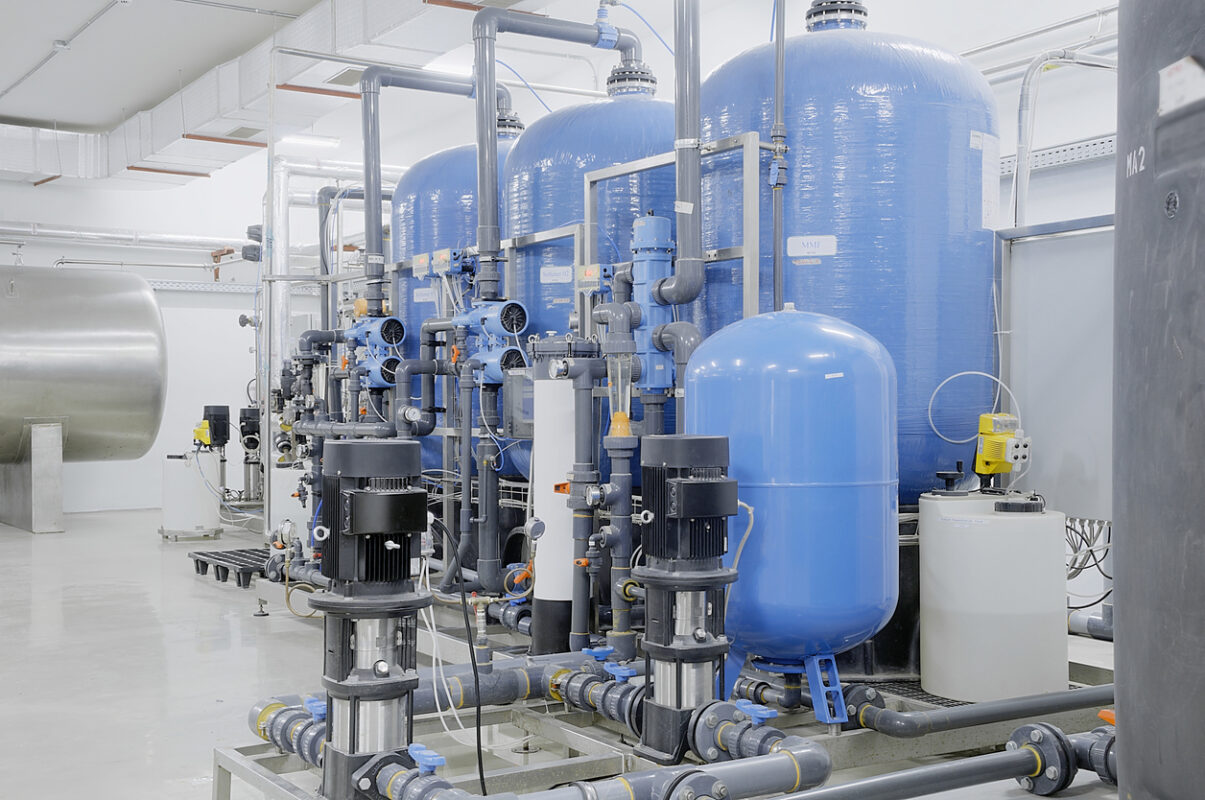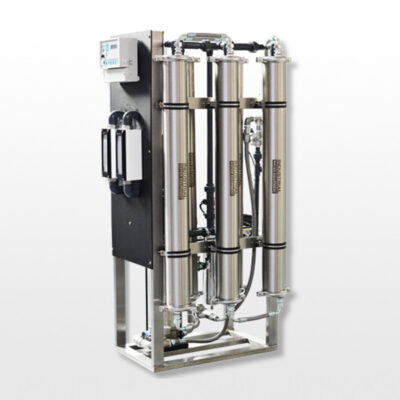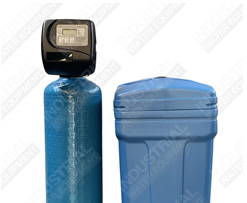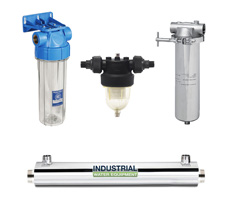Reverse Osmosis
Water Treatment Methods: Exploring the Pro’s and Con’s
Water treatment plays a vital role in ensuring the availability of clean and safe water for various purposes, ranging from drinking and cooking to industrial processes and agricultural irrigation. There are several different water treatment methods available, each with its own set of advantages and disadvantages. Understanding these pros and cons is crucial in selecting the most suitable treatment method for specific applications. In this blog, we will explore the advantages and disadvantages of different water treatment methods, including reverse osmosis, water softening, UV sterilisation, distillation, and carbon filtration. By gaining insight into these methods, we can make informed decisions about water treatment and optimise the quality and safety of our water supply.
Advantages:
– Effective removal of contaminants: RO systems can remove a wide range of contaminants, including dissolved solids, heavy metals, bacteria, and viruses.
– High-quality water output: RO systems produce purified water that is typically of high quality and taste.
– Compact and easy to install: RO systems are available in various sizes, making them suitable for both residential and commercial applications.
Disadvantages:
– Wastewater generation: RO systems generate a significant amount of wastewater during the purification process, resulting in water wastage.
– Energy consumption: The process of reverse osmosis requires energy to operate, which can contribute to higher electricity costs.
– Requires regular maintenance: RO systems require periodic filter changes and membrane cleaning to maintain optimal performance.
Advantages:
– Reduced scale formation: Water softeners effectively remove hardness minerals such as calcium and magnesium, preventing scale buildup on surfaces and appliances.
– Extended lifespan of plumbing and appliances: Softened water helps prevent mineral deposits in pipes and appliances, extending their lifespan.
– Improved soap and detergent efficiency: Soft water enhances the effectiveness of soaps and detergents, leading to reduced consumption.
Disadvantages:
– Sodium content: Traditional salt-based water softeners add sodium to the water, which may be a concern for individuals on low-sodium diets.
– Environmental impact: Salt-based water softeners contribute to salt discharge during the regeneration process, which can have environmental consequences.
– Limited removal of other contaminants: Water softeners primarily address hardness minerals and do not remove other types of contaminants.
Advantages:
– Effective against microorganisms: UV sterilisation systems can deactivate a wide range of bacteria, viruses, and other microorganisms without using chemicals.
– No residual chemicals: UV treatment leaves no chemical residue in the water, ensuring the water’s natural taste and odour.
– Fast and efficient: UV treatment works quickly and does not require significant contact time.
Disadvantages:
– Limited effectiveness on non-living contaminants: UV sterilisation is specifically designed for disinfection and does not remove other types of contaminants such as chemicals or heavy metals.
– Requires electricity: UV systems require a power source to operate, making them dependent on electricity availability.
– Proper maintenance: Regular maintenance, including lamp replacement and cleaning, is necessary to ensure the UV system’s effectiveness.
Distillation
Advantages:
– Effective removal of contaminants: Distillation can effectively remove various contaminants, including dissolved solids, heavy metals, and microorganisms.
– No electricity required: Distillation systems operate without electricity, making them suitable for off-grid or low-energy situations.
– Versatile application: Distilled water can be used for various purposes, including drinking, cooking, and medical applications.
Disadvantages:
– Energy-intensive: Distillation requires a significant amount of energy to heat the water and separate it from impurities, resulting in higher energy consumption.
– Removal of beneficial minerals: Distillation removes minerals along with contaminants, resulting in demineralised water that may lack some beneficial elements.
– Slow process: Distillation can be a slow process, requiring time to heat the water and produce an adequate amount of purified water.
Advantages:
– Effective removal of organic compounds and chlorine: Carbon filters excel at removing organic compounds, chlorine, and unpleasant tastes and odors from water.
– Simple installation and maintenance: Carbon filtration systems are easy to install and typically require only periodic filter replacements.
– Cost-effective: Carbon filters offer a cost-effective solution for improving the taste and quality of water in residential applications.
Disadvantages:
– Limited removal of inorganic compounds: Carbon filters are less effective in removing heavy metals or microorganisms.
– Filter cartridges need regular replacement.
– Requires monitoring to prevent bacterial growth within the filter.
Conclusion:
Water treatment methods come with their own set of advantages and disadvantages, highlighting the importance of selecting the most appropriate method for specific needs. Consider factors such as the quality of the water source, desired level of purification, energy requirements, maintenance considerations, and cost-effectiveness. By understanding the pros and cons of different water treatment methods like reverse osmosis, water softening, UV sterilisation, distillation, demineralisation, and carbon filtration, we can make informed choices to ensure access to clean and safe water for various applications.






